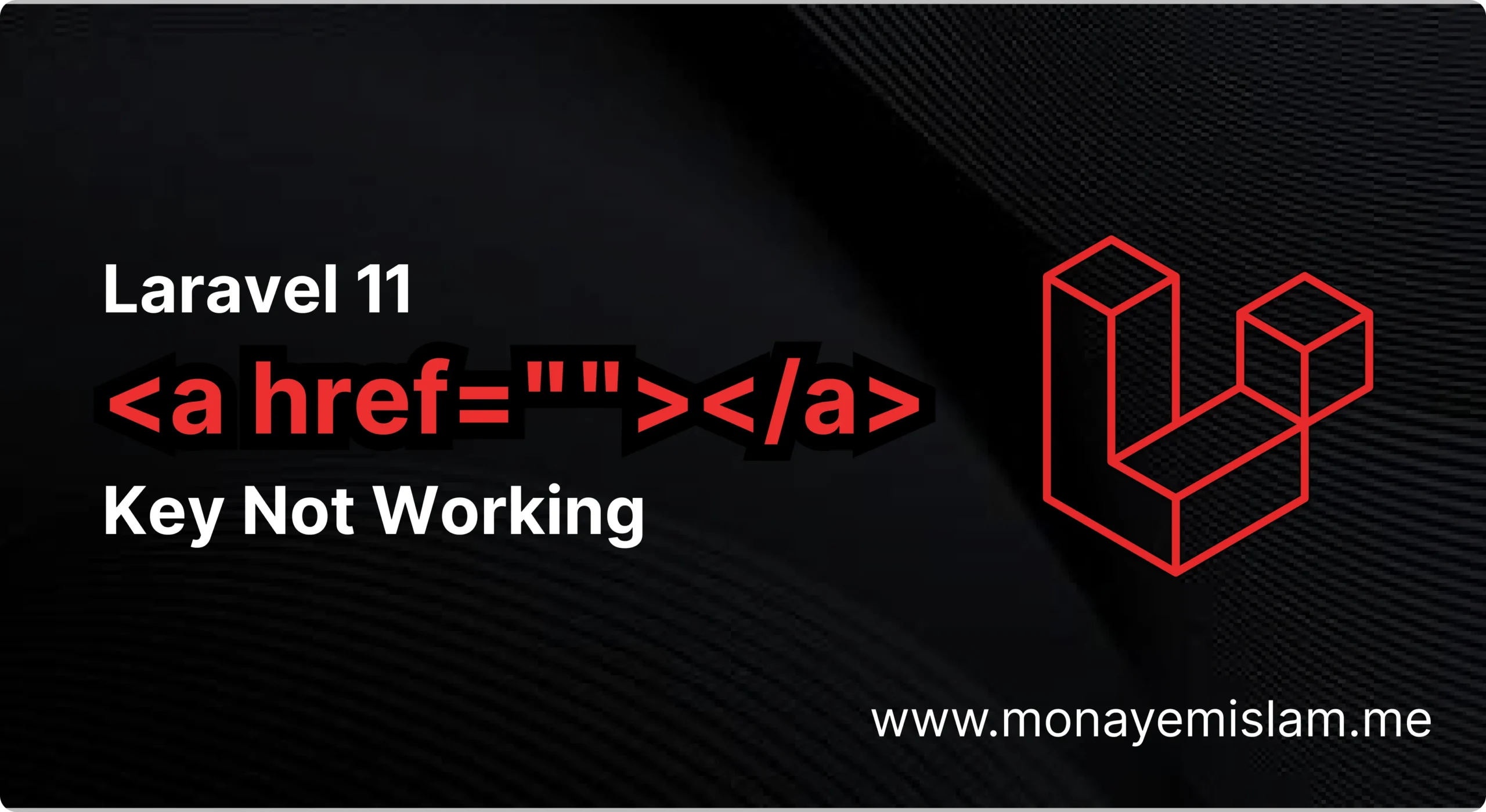Type safety is a crucial aspect of modern web development, ensuring that data is handled correctly and preventing runtime errors. Livewire, a popular Laravel package for building dynamic user interfaces, provides a powerful and efficient way to create interactive web applications. However, one of the challenges developers face when working with Livewire is handling the “Property Type not Supported in Livewire for Property” issue effectively.
In this comprehensive guide, we’ll explore the intricacies of property type handling in Livewire, including solutions for the “Property Type not Supported in Livewire for Property” problem. We’ll cover best practices, advanced techniques, and practical examples. Whether you’re a seasoned Laravel developer or new to Livewire, this guide will equip you with the knowledge and skills to confidently manage property types and overcome the “Property Type not Supported in Livewire for Property” challenge in your Livewire applications.
Livewire's Property Type System
By default, Livewire does not enforce strict type checking for component properties. This behavior can lead to unexpected issues and runtime errors, particularly when dealing with complex data structures or user input. To address this limitation, Livewire allows developers to explicitly declare property types, ensuring type safety and improving code maintainability.
Declaring Property Types in Livewire
class ExampleComponent extends Component
{
public string $name;
public int $age;
public array $hobbies;
}
Handling Complex Data Types
class User
{
public string $name;
public int $age;
}
class ExampleComponent extends Component
{
public User $user;
public array $addresses = [];
}
In the example above, we declare a User class and use it as the type for the $user property in our Livewire component. Additionally, we define an $addresses property as an array, potentially containing nested data structures like associative arrays or objects.
Type Casting and Validation
class ExampleComponent extends Component
{
public int $age;
public function rules(): array
{
return [
'age' => 'required|integer|min:18',
];
}
}
Reactive Properties and Type Safety
class ExampleComponent extends Component
{
public string $name;
public function updatedName($value)
{
$this->name = trim($value);
}
}
Advanced Property Type Techniques
As your Livewire applications grow in complexity, you may encounter scenarios where more advanced property type techniques become necessary. Livewire provides several tools and integrations to help you maintain type safety in these situations.
One approach is to leverage PHP attributes for type declarations. Attributes offer a more concise and expressive way to define property types, especially when working with complex data structures or third-party libraries.
use App\Models\User;
class ExampleComponent extends Component
{
#[UserType]
public User $user;
}
In this example, we use a custom UserType attribute to declare the type of the $user property, potentially encapsulating complex type-related logic within the attribute implementation.
Another advanced technique is integrating with Laravel’s type-safe models. By leveraging Eloquent’s type-casting capabilities, you can ensure that data retrieved from the database is automatically cast to the appropriate types, maintaining type safety throughout your application.
use App\Models\User;
class ExampleComponent extends Component
{
public User $user;
public function mount(User $user)
{
$this->user = $user;
}
}
Performance Considerations
While type declarations and type safety are essential for maintaining code quality and preventing runtime errors, it’s important to consider their impact on performance. Excessive type checking and casting operations can introduce overhead, potentially affecting application responsiveness.
Livewire aims to strike a balance between type safety and performance, minimizing the impact of type-related operations. However, in scenarios where performance is critical, it may be necessary to optimize type-related code or consider alternative approaches, such as lazy loading or caching.
Testing and Debugging
use Tests\TestCase;
use Livewire\Livewire;
use App\Http\Livewire\ExampleComponent;
class ExampleComponentTest extends TestCase
{
/** @test */
public function it_validates_age_input()
{
Livewire::test(ExampleComponent::class)
->set('age', 15)
->call('submit')
->assertHasErrors(['age' => 'min']);
}
}
Conclusion - Property Type not Supported in Livewire for Property
Property type handling in Livewire is a crucial aspect of building robust and maintainable web applications. By leveraging Livewire’s type declaration capabilities, you can ensure type safety, improve code readability, and prevent runtime errors.
Throughout this guide, we’ve explored various techniques and best practices for declaring property types, handling complex data structures, validating user input, and integrating with advanced features like reactive properties and Laravel’s type-safe models.
As you continue to develop Livewire applications, remember to prioritize type safety, write tests, and stay informed about the latest developments and best practices in the Laravel and Livewire communities. By doing so, you’ll be well-equipped to build high-quality, maintainable, and scalable web applications.




